SAP Finance and Controlling
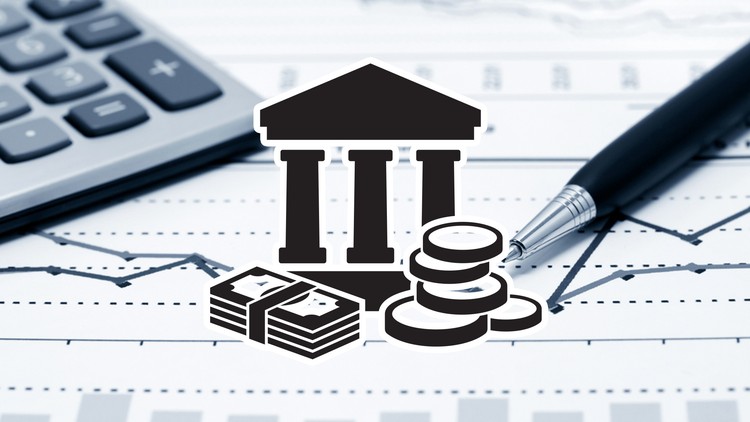
Why take this course?
Based on your extensive list of topics within SAP Finance and Costing, it seems you are looking for a comprehensive training program that covers a wide range of modules and functionalities. Here's a structured approach to master these areas, broken down into key learning objectives and the corresponding SAP modules involved:
-
SAP FI (Financial Accounting)
- Depreciation Management
- Straight-line depreciation/declining balance method
- Depreciation runs and year-end closing
- General Ledger (G/L)
- Chart of Accounts
- Financial Document Creation & Posting
- Period End Close Process
- Account Determination
- Company Code
- Controlling Area
- Financial Statement Reconciliation
- Intercompany reconciliation and postings
- Depreciation Management
-
SAP CO (Costing)
- Cost Center Accounting
- Master Data: Cost Centers, SKFs, Activity Types
- Cost Collector & Allocation Procedures
- Budgeting & Variance Analysis
- Product Costing
- Configuration for new products
- Costing runs & variance analysis
- Work-in-Process (WIP) & Raw Material Requirements (RMR) Accounting
- Profit Center Accounting
- Profit Center Structure & Assignment Monitor
- Budget Planning & Actual Postings
- Order Management (Internal Orders)
- Create and manage internal orders
- Budgetary Control
- Cost Planning and Reconciliation
- Cost Center Accounting
-
SAP MM (Materials Management)
- Purchase-to-Pay Process
- Vendor Master Data Maintenance
- Invoice Verification and Automatic Status Change
- Dunning Procedures
- Lockbox Configuration & Operations
- Material Master Data Maintenance
- Valuation of Inventory
- Goods Receipt and Invoice Verification
- Purchase-to-Pay Process
-
SAP SD (Sales and Distribution)
- Sales Order Management
- Customer Master Data Maintenance
- Revenue Recognition and Profitability Analysis
-
Electronic Bank Statements (EBS)
- EBS Configuration & Testing
- File Generation & Processing
-
Lockbox
- Lockbox Configuration & Setup
- Automation of Check Clearing Process
- Integration with Bank and Client Systems
-
SAP FI-MM Integration
- Master Data Consistency between FI and MM
- Valuation Levels, Areas, and Classes
- Material Types and Purchasing Groups
-
Controlling (CO-PC)
- Secondary Cost Elements & Activity Types
- Cost Planning for Products/Projects
- Budgeting & Actual Controlling
-
Profit Center Accounting
- Profit Centers, Groups, and Plans
- Profitability Analysis
-
Accruals and Deferrals
- Configuration of Accrual Engine for various types of liabilities
-
Reporting and Analytics
- Utilize Report Painter and other SAP reporting tools to generate financial reports
To master these topics, you should:
- Start with the basics of each module (FI, CO, MM, SD).
- Understand the end-to-end business processes.
- Learn how to configure SAP for these processes.
- Practice setting up master data and performing transactions.
- Perform test runs and simulations to understand the impact on financials.
- Analyze variances and learn how to reconcile discrepancies.
- Learn how to integrate modules (e.g., FI with MM).
- Understand the latest enhancements like electronic bank statements and lockbox automation.
- Practice by working on real-world scenarios or case studies.
For a comprehensive learning experience, you can find courses that cover these topics in detail. These can be self-paced online courses, instructor-led training, or even hands-on workshops where you get to work with SAP systems. Make sure the course you choose aligns with the latest SAP Fiori and SAP S/4HANA updates if you're looking to implement those technologies.
Remember, mastering SAP Finance is a journey that involves understanding not only the technical aspects but also the underlying business processes and controls. It requires a combination of theoretical knowledge and practical experience. Good luck on your learning path!
Course Gallery
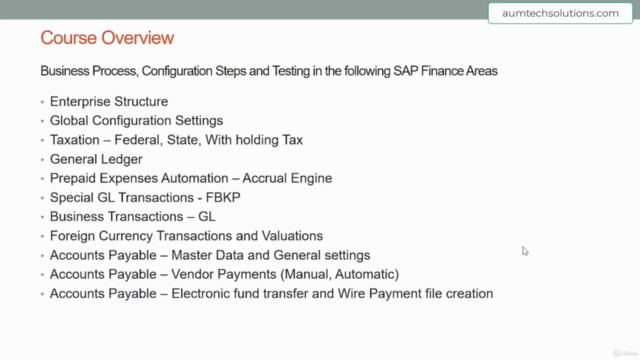
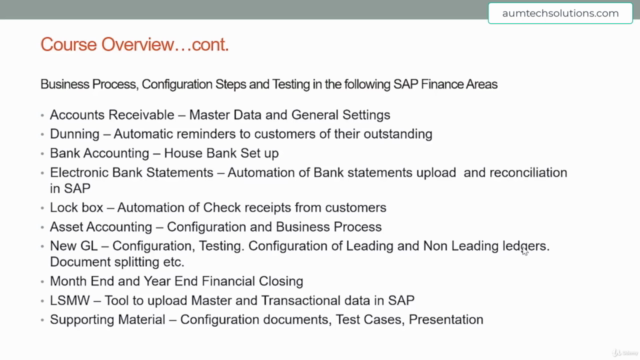
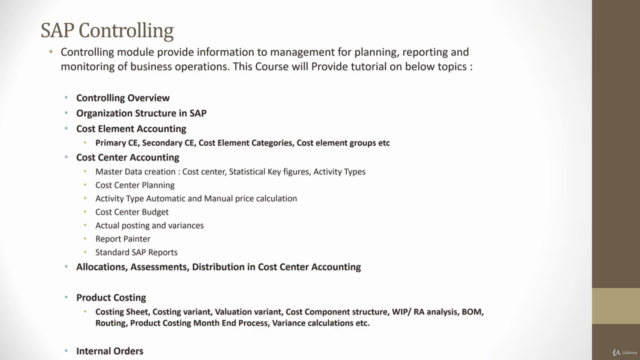
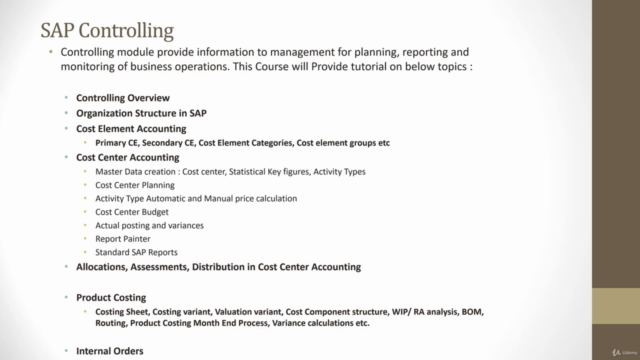
Loading charts...